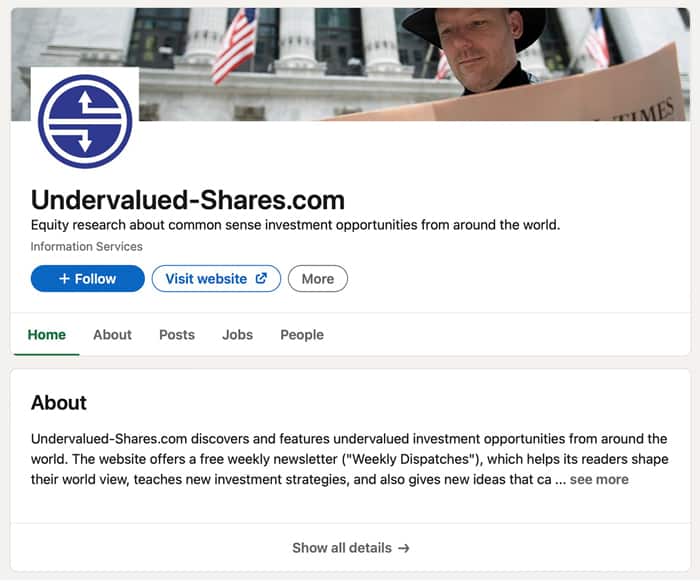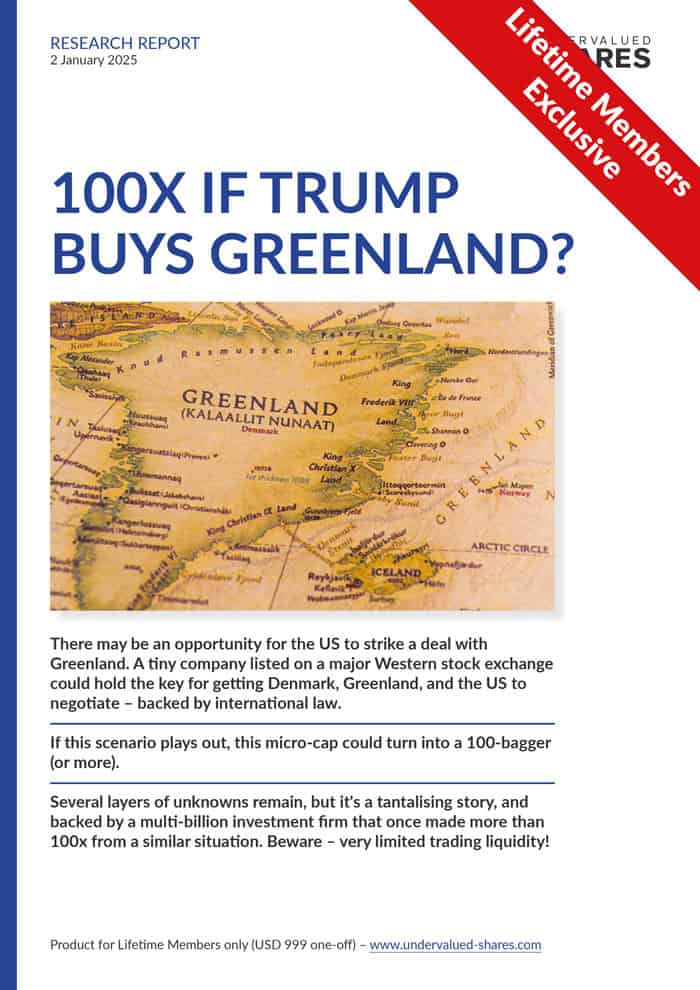The concept of moats barely needs another article – or so you'd think.
Warren Buffett popularised the concept when he said: "The most important thing to me is figuring out how big a moat there is around the business. What I love, of course, is a big castle and a big moat with piranhas and crocodiles."
The analogy relates to the moats that would surround medieval castles and act as a barrier of protection for a company's competitiveness. A company with a moat will generate returns in excess of the cost of capital, and earn an economic return that is higher than the average of its competitors.
The overall concept is easily summarised, but what are the finer details and pitfalls? In practical terms, how can private investors apply the principles of investing in companies that benefit from a moat?
This article will provide you with some key concepts and criteria to get you started, and point you towards resources that enable you to delve deeper into the subject.
Everyone wished they had a moat
It's human nature to try and create simple rules to deal with a complex world, but simplification often misses important nuances or gets misused for purposes such as marketing.
A concrete example is the widely-held misconception that in the long run, stocks always go up. By some measure, they do. However, this adage misses an important point. Over the past 100 years and looking at the US market, only 86 stocks accounted for most of the wealth creation. The remaining 96% of stocks listed in the US collectively only matched the returns of treasury bills. Most stock investors put up with an awful lot of volatility and risk, only to achieve the same return that they could have gotten from government bonds.
You can easily fall into a similar trap when following the concept of moats. Yes, it does make immediate sense to invest into companies that have an ability to maintain competitive advantages to protect their long-term profits and market share. However, the term "moat" has become so overused in the investing world to be all but meaningless.
93% of all automobile drivers think of themselves as above-average drivers – which is, of course, mathematically impossible. Just as much, just about every stock is nowadays described as benefitting from a moat. The vast majority of today's stocks held by popular Exchange Traded Funds have an "Economic Moat Rating" from Morningstar. Yet, since most companies have been shown to provide all but a lacklustre performance, they can't possibly all have an effective moat. It all resembles the infamous fictional town Lake Wobegon, where all women are strong, all men are good-looking, and all children are above average.
The term moat is a complex subject matter that every investor should have more than just a cursory understanding of.
What are some of the ground rules that are easy to keep in mind but very effective for filtering out duds?
Common misconceptions of moats
Probably the most common misconception is the idea that brands are effective moats. A successful brand name is helpful for operating a successful business, but there are all too often relatively low barriers for competitors creating a brand. History shows that brands are not very effective at insulating a company from competition and going bankrupt. Just think back to cases such as Polaroid, Netscape, or Blockbuster.
A high market share is also often perceived (or marketed) as a strong moat, but it isn't in itself. In fact, it can even have the opposite effect. If a company enjoys a high market share and high profitability but operates in a market with low barriers to entry, this can actually increase the number of new entrants and competitors to this market, and impact on how aggressively they move on the opportunity.
Is the network effect a moat? It can be, but it's not guaranteed to work. Myspace and Friendster famously had the necessary size to reach an early network effect but took their investors' money with them to the graveyard of companies.
So what does work when it comes to moats?
Look for these factors
History clearly shows that for a moat to be effective, a company should ideally have several overlapping moats, which then reinforce each other.
A company is more likely to secure its long-term returns if it manages to create a network effect *and* combine it with high-switching costs. Dating apps such as Tinder have a network effect due to their large user numbers, but switching to another app like Bumble is as easy as picking up your phone. On the other hand, a financial exchange that has many users and vertically integrated several other aspects of using its platform will find that most users deem the costs of switching too high. That's the kind of overlapping moats you will want to invest in.
There is also the concept of a moat's width. Because of competition, moats are getting a bit wider or narrower every day. Evidently, the wider a moat, the more difficult it is to penetrate. However, the absolute width of a moat is not generally what investors need to pay attention to. Instead, you are better off checking whether an existing moat is widening at a faster pace than that of its competitors. There are many reasons for saying that an ability to gradually widening the moat is more important than the width of the moat. Just consider that if a company is known to have a very wide moat, chances are the stock price will already reflect this. You'd want to get in when there is a wide enough moat, but one that is still expanding.
Last but certainly not least, applying the concept of moats to your investing decisions has to be combined with considering the price you pay for a business. How effective a moat is and what its underlying dynamics are is one thing; the other thing is whether you are buying it on the cheap or for a very high valuation. Human nature is wired to favour the idea of long-shot payoffs (aka lottery tickets) over less exciting, safer investments. This is one of the factors why we get excesses in the market, and an eventual collapse. Crashes and periods of high market volatility provide the window of opportunity that allows you to buy into an amazing business at great prices – and underpay for a business with a strong, effective moat. E.g., in the aftermath of the Dotcom crash of 2001, the stock prices of many companies with truly effective moats got dragged down alongside previously hot stocks that were leading the market collapse.
Don't fall into traps – educate yourself
The concept of moats is complex, and its finer details go far beyond this introductory article.
As your #1 takeaway, please keep in mind that the concept of moats has become so widely used that many analysts and research firms are nowadays too lenient in assigning moat ratings.
In order to effectively judge these situations, you need to dig deeper into a company's inner workings and see how they relate to each other.
One particularly accessible summary of the subject is the free nine-page report "What Makes a Moat? Morningstar's Five Sources of Moat". Back in 2014, Morningstar also published an entire book on this topic: "Why Moats Matter: The Morningstar Approach to Stock Investing".
For a free deep-dive, you can download "Measuring the Moat – Assessing the Magnitude and Sustainability of Value Creation" where Michael J. Mauboussin dissects the subject on 73 pages. Mauboussin is famous for producing mind-expanding research but beware, this is dense reading material!
For something more accessible, you could make a start by listening to this 1h 20min interview: "Michael Mauboussin Master Class — Moats, Skill, Luck, Decision Making and a Whole Lot More".
Can't get enough of Undervalued Shares?
Head over to LinkedIn, and read even more from your favourite investment blog!
It's the youngest member of the Undervalued-Shares.com social family, and still growing.
Watch it evolve, and enjoy short summaries of the Weekly Dispatches, updates on the latest research reports and other news while you do.
Can't get enough of Undervalued Shares?
Head over to LinkedIn, and read even more from your favourite investment blog!
It's the youngest member of the Undervalued-Shares.com social family, and still growing.
Watch it evolve, and enjoy short summaries of the Weekly Dispatches, updates on the latest research reports and other news while you do.
Did you find this article useful and enjoyable? If you want to read my next articles right when they come out, please sign up to my email list.
Share this post:









